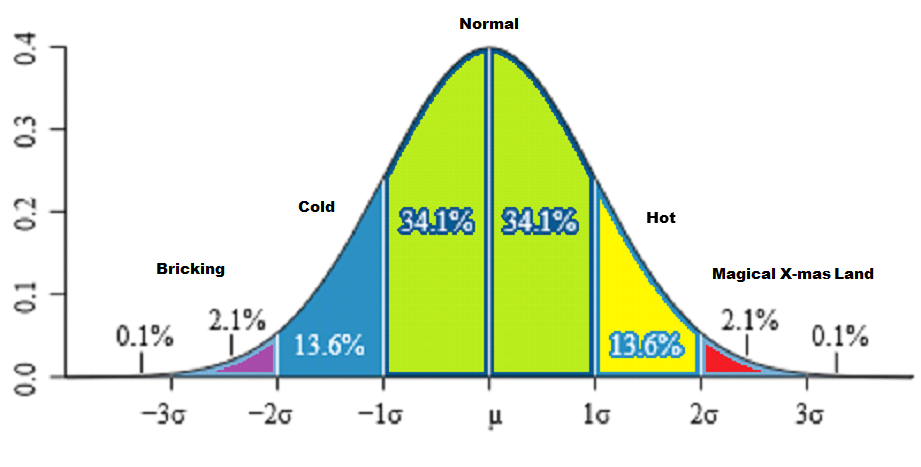

Where P(x) is the probability of x successes of N trials, N is the number of trials, and π is the probability of success of a given trial. The formula for the binomial distribution is shown below:

For the example of the coin toss, N = 2 and π = 0.5. The binomial distribution consists of the probability of each of the possible success numbers on N tests for independent events that each have a probability of occurrence π (the Greek letter pi). Making Figure 1 a binomial distribution example.

By defining a head as “success”, Figure 1 shows the probability of 0, 1, and 2 successes for two tests (flips) for an event that has a probability of 0.5 to be a success on each test. Probability of 0, 1 and 2 heads.įigure 1 shows a discrete probability distribution: it shows the probability for each of the values on the X-axis. Since two of the results represent the case where only one head appears in the two throws, the probability of this event is 1/4 + 1/4 = 1/2. The probabilities of these possibilities are shown in Table 2 and Figure 1. The number can be two (Result 1), one (Results 2 and 3) or 0 (Result 4). The four possible results can be classified in terms of the number of heads that emerge. Each is 1/2 x 1/2 = 1/4.įirst Flip First Flip First Flip Second Flip Result This calculation applies to the probability of a head on Flip 1 and a tail on Flip 2. So, the probability of a head on flip 1 and a head on flip 2 is the product of P(H) and P(H), which is 1/2 x 1/2 = 1/4.

To see this, note that coin flips are independent (neither affects the other). Note that the four results are equally likely: each has a probability of 1/4. The four possible results that could occur if you flip a coin twice are listed in Table 1. These distributions are called binomial distributions. In this section, we consider the probability distributions for which there are only two possible outcomes with fixed probabilities added to one. More generally, there are situations where the coin is biased, so that heads and tails have different probabilities. In the case of coins, heads and tails have the same probability of 1/2. Each result has a fixed probability, the same from test to test. You could assign +1 and -1 to heads and tails, respectively, and it would have the same variance of 1/2 on a fair coin.When you flip a coin, there are two possible results: heads and tails. In other words, 1/36 is not much different from 1/37. The number of outcomes on the wheel is “less” relevant to the calculation. In the even money case, all outcomes are 1 unit away from zero (+ or - makes no difference) whereas, in European roulette, you have one outcome that is closer to the mean than the others, the -1/2 when hitting zero on the wheel. Think of variance as a (more complicated) measure of distance of all outcomes from the average value. The variance of getting either +1 or -1 with equal probability is higher than the variance of getting +1, -1, or -1/2, as in single zero, because of the -1/2 outcome. I think I see the confusion… This is the variance of the BET outcome, not the WHEEL/BALL outcome. How can having 1 less # give more variance? So without a 0, var is higher? (.5 vs 0.4736)


 0 kommentar(er)
0 kommentar(er)
